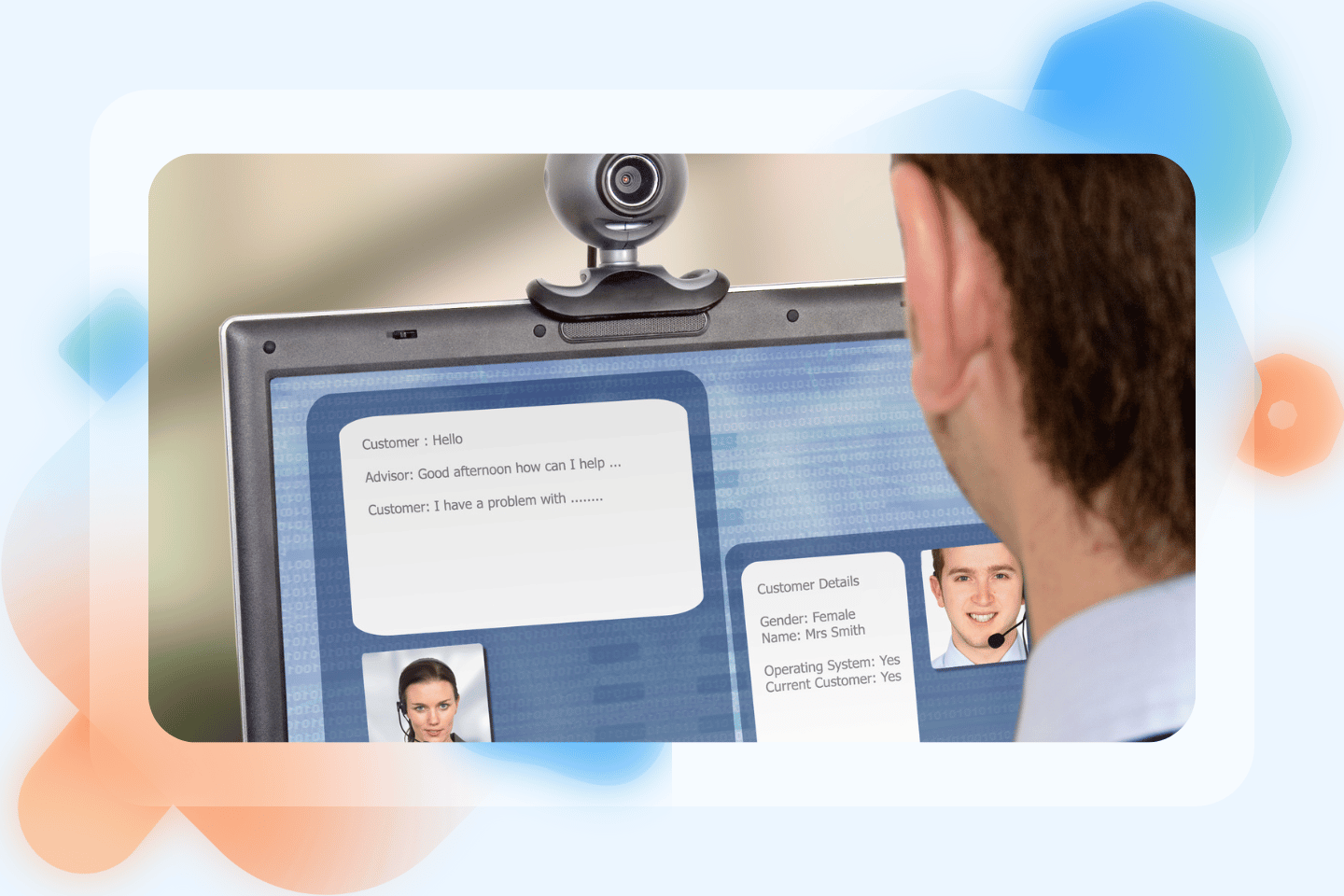74% of surveyed employees said they aren’t reaching their full potential at the workplace because of a lack of development and growth opportunities. And that means that organizations must have a process for helping employees grow if they don’t want their best talent to seek a job elsewhere.
By providing a training environment where people can hone their skills, learn to collaborate, and expand their knowledge, you can not just keep your employees happy but boost productivity in the process.
And that’s where team training can be so helpful.
If you can create engaging and valuable team training sessions, you can quickly address any weaknesses or issues your team might be facing, helping them move forward and improving the results your company can achieve in the process.
In this article, let’s look at some of the main reasons why team training matters and go through the steps you’ll need to take to develop effective team training sessions your employees will benefit from the most.
Why Team Training Matters
Just as the company moves forward, so should the employees. Because of that, the most successful businesses are always looking for ways to make gradual gains in performance, efficiency, and results, all of which can be achieved through team training sessions aligned with the company’s vision.
But how exactly can team training benefit your company? Let’s look at four key reasons why it matters.
Better Morale
It’s hard to overestimate the importance that good office morale has on performance. And team training can be an excellent way to provide a morale boost to your team, giving them the confidence they need to approach problems with a newfound enthusiasm.
Your employees need to feel like they are moving forward, both as individuals and as a part of the team. And with team training sessions, you can address specific aspects of their work that will translate into better results and a more efficient working environment.
For instance, during customer support agent training sessions, you could introduce them to technology that can streamline processes, show them new methods for dealing with issues, or help them better understand the company’s policies and best practices for assisting customers.
Improved Skills
Another advantage of running team training sessions is that they help your employees acquire and improve on various skills they can use in the workplace.
Whether it’s some of the essential competencies they need every day, collaboration skills that help move through projects faster, product or services training, safety training, or even soft skills development; there are always areas of potential growth that you as an employer could address.
Over time, every little skill or bit of knowledge that’s acquired during the sessions will accumulate, resulting in a significantly more productive, competent, and cohesive team.
Stronger Relationships
Building a strong company culture takes time. And in many ways, you can only do so much about how your employees bond and what types of relationships they develop with each other.
However, team training sessions are one way to encourage closer ties between the people working in the office, allowing you to create the conditions for people to communicate and work together in a more relaxed and offbeat environment.
Sometimes, you can even combine team training with fun activities or even going out, which can help create stronger bonds and nurture relationships that are an invaluable asset for a growing company.
More Collaboration
Since team training is done in groups, it’s an excellent opportunity to help people create stronger bonds and learn to work with one another more effectively.
You can even turn the training session into a gamified experience that uses various team-building exercises to strengthen the ties within your office. People can learn how to effectively solve problems as a team, discover the best approaches for conflict resolution, and practice various scenarios that might come up in stressful periods.
In the end, being able to collaborate is not just useful for day-to-day activities but can also spark innovation and ideas that would not come to light otherwise. So the benefits of training your team to work closer together have benefits that are much more far-reaching than you would think initially.
How to Create an Engaging Team Training Session
Putting together a team training session plan isn’t easy. If it were, more companies would do it on a regular basis. And poorly executed training sessions can actually have the opposite result, with employees forming negative opinions about team building in general and being much more hesitant about participating in the future.
But how can you maximize the chances of success during your team training sessions? Let’s break down the process into eight actionable steps that you can go through one by one.
Perform a Skills Gap Analysis
A team training event is only as useful as the purpose that it helps accomplish. And if you don’t have a clearly defined goal, it will be harder to convince your employees to participate as well. Therefore, before moving forward with any team training session, you must first identify the reason why you’re thinking of organizing one in the first place.
The best way to do that is through a skills gap analysis.
Basically, it’s the process of listing all of the competencies, skills, and abilities your team members need to have to succeed at work. Once you have the complete list, rate the items by the level of competence your team has right now and consider which ones need the most urgent attention.
To make a more accurate assessment, look at team performance and previous training sessions to determine what would make the most sense to include in a training session.
Ask for Suggestions
Another way to get ideas for the focus of your team training sessions is to ask your employees what they’d like to learn more about. As an employer, you may not be fully aware of the biggest challenges your team members are facing, so asking them directly might give you new insights that will make the sessions more productive.
And when you take the time to ask for your team’s opinion before moving forward, that also helps increase engagement and the motivation to participate. Instead of feeling like the training came down from the top, employees feel heard and acknowledged. You can then use the training to address some of the weak areas that they would like to improve upon.
Provide an Incentive
Motivating your employees to attend and engage in the training sessions is a struggle most companies have to deal with. And while it’s easy to blame employees, they usually have enough on their plate to be expected to enthusiastically participate in training sessions on top of their regular responsibilities.
Therefore, organizations that want to excel at team training must factor in ways to boost motivation and get employees to look forward to each training session that comes up.
Sometimes, the incentive can simply be a valuable training session with a clearly defined purpose and end goal. If the goal is aligned with what your team wants to improve, your team will be much more likely to remain engaged and willing to participate.
You could also highlight the growth opportunities that come with participating in the training or add in a bit of friendly competition if the activity involves problems that need to be solved.
Get People to Relax
One of the worst things that could happen during a training session is your employees feeling uncomfortable and hesitant about participating. And the reality is that team training can be awkward, especially in the beginning and before people had a chance to loosen up.
Therefore, it’s a good idea to include ice breakers for team training sessions designed to boost engagement, get people in a more relaxed state, and prime them to focus on the task at hand.
Whether it’s a simple game, short introductions, or even a bit of trivia, adding an activity before the actual team training session can provide a significant boost to productivity without having to sacrifice a lot of time.
Introduce the Main Points
Being organized in the way that you conduct the training session is essential. Otherwise, even the best materials might end up getting misunderstood or missed altogether, making the time you spend preparing and leading the session ineffective.
An excellent way to improve comprehension and help people follow along is to introduce the main points you want to cover at the beginning of the training. In general, it’s a good idea to tell people what’s going to happen before it takes place, as that allows them to mentally prepare to absorb the information, perform the task, or follow along with whatever activities they will be engaged in.
At the end of the session, it’s also a good idea to review what you went through and reiterate the main points once again. That will maximize the amount of information the participants will retain.
Emphasize the Value
Throughout the team training session, try to keep your employees aware of the purpose and value of the training. Keeping the primary goal of each session top of mind will help people stay focused on the things that matter most and push through the challenges that might arise during the process.
When designing and executing the session, always keep in mind what you are trying to achieve and try to distill it into a single core idea. Keeping your sessions focused on a single goal, such as making your company more customer-focused, will usually make them more productive and allow you to dig deeper into the problem, skill development session, or learning opportunity you are trying to work through.
Keep Everyone Included
A team training session is designed to help people advance as a group. And that means that it will only be effective if everyone (or at least the vast majority of attendants) remains engaged and feels included.
Ideally, you want to spend the vast majority of the time doing group participation activities that help increase engagement and keep people following along and actively looking for solutions.
You could also consider splitting people into groups and giving them competing assignments. The added competition element will spark creativity and get people to work in smaller groups to solve the problem as quickly as possible.
Have Fun
Finally, if you want team training to work, you need to make it fun. But the good news is that as long as the training is relevant and engaging, the activity will usually be fun on its own because the stimulating and engaging environment of working together tends to get people into a positive mindset.
To make sure your employees are not yawning during the training sessions, try to reduce the time you spend on theoretical ideas and increase the time that the participants actively look for solutions themselves.
Even if you have to present information that’s a bit more technical, you can use fun quizzes at various intervals to ensure that people are listening and trying to grasp the subject as well as possible.
Bottom Line
Team training doesn’t have to be a boring lecture. In fact, if you put in the time to plan and execute training sessions based on the needs of your employees, you may find your team looking forward to each session and the professional growth opportunities it offers.
By following the strategies listed above, you should always have a good framework for putting together team training sessions that will not just achieve the goals you set out but also be fun for everyone involved.




